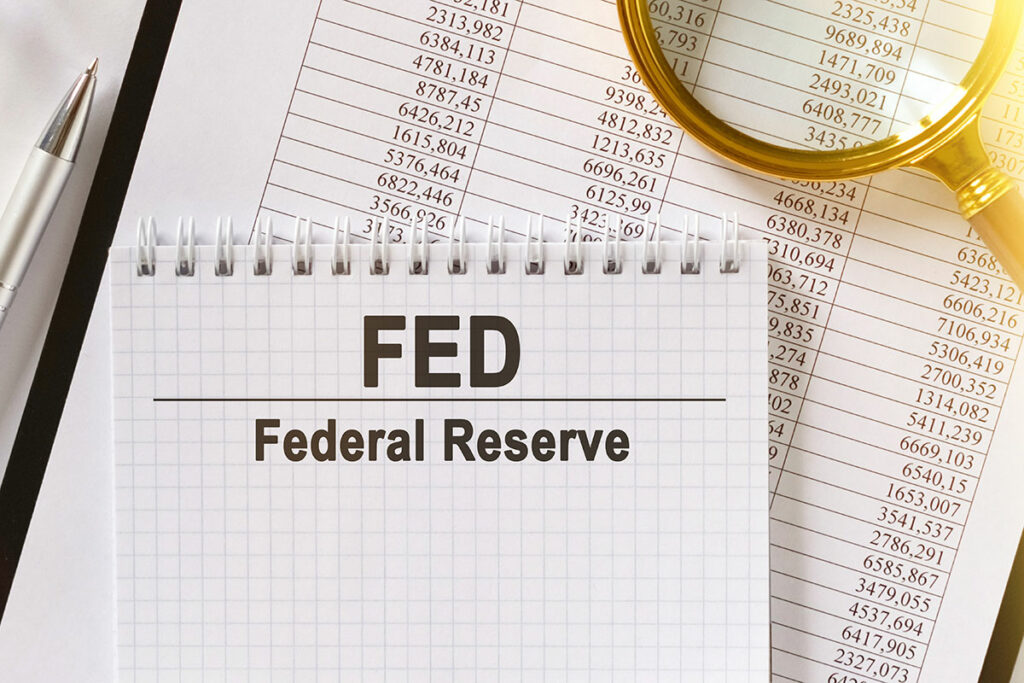Federal Reserve Takes a Novel Approach to New Technologies

Quietly and with little fanfare, the Federal Reserve Board recently created a new department to deal with new technologies that could have an impact on the safety of the banking system. The Novel Activities Supervision Program is the central bank’s answer to the challenges from a range of different issues, including distributed ledger technology, tech-driven partnerships with non-bank entities and everyone’s favorite monetary innovation, cryptocurrencies.
According to a Fed release announcing the program, financial innovation can benefit the U.S. economy by spurring competition, reducing costs and creating products that better meet consumer needs. But they can also lead to rapid changes in the financial system that can affect the safety and soundness of banking organizations.
Recognizing that current Fed policies and regulations may not be equipped to deal with these challenges, the agency did what any good bureaucracy does – it created more bureaucracy.
For some – especially the more overly enthusiastic proponents of digital assets – any form of regulation is unwelcome. One of the main selling points of cryptocurrencies is that they are not highly regulated, and therefore out of the reach of interfering governments and oversight boards. But the irrational exuberance some have displayed for the growing cache of digital coins and the complexity of digital currency led the Fed to establish a mechanism to stay abreast of the changing digital banking world.
While many have focused on the regulatory implications for cryptocurrencies, the focus on tech-driven partnerships with non-bank entities and projects that use distributed ledger technology – a platform that uses ledgers stored on separate but connected devices to ensure data accuracy and security – are likely to be a major area of concern for central bankers.
The issues related to crypto-assets – the collapse of crypt exchange FTX and other scandals in the digital currency space – have attracted more attention from the media and consumers. But the range of digital and technology-based assets is unfamiliar territory for federal regulators and the new Fed program is likely to help level the playing field as the market for digital assets continues to grow.
And for those who worry this simply means more oversight interference from nosy regulators, at least the Fed’s initial foray into the digital asset space does not signal a significant expansion of Federal Reserve capacity.
“Supervised entities engaging in novel activities will not be moved to a separate supervisory portfolio,” the Fed said in the release announcing the program. “Instead, the program will work within existing supervisory portfolios and alongside existing supervisory teams.”
It is certain that as the popularity of cryptocurrencies grow and the use of digital assets become more mainstream in the economy, so will federal oversight. But for now at least, the Fed announcement should be considered the first step in an emerging regulatory regime, and put cryptocurrency speculators and promoters on notice that while there may not be a new sheriff in town yet, it won’t be long before wild west of digital assets comes more tightly under the rule of law. And that isn’t really all that novel after all.









